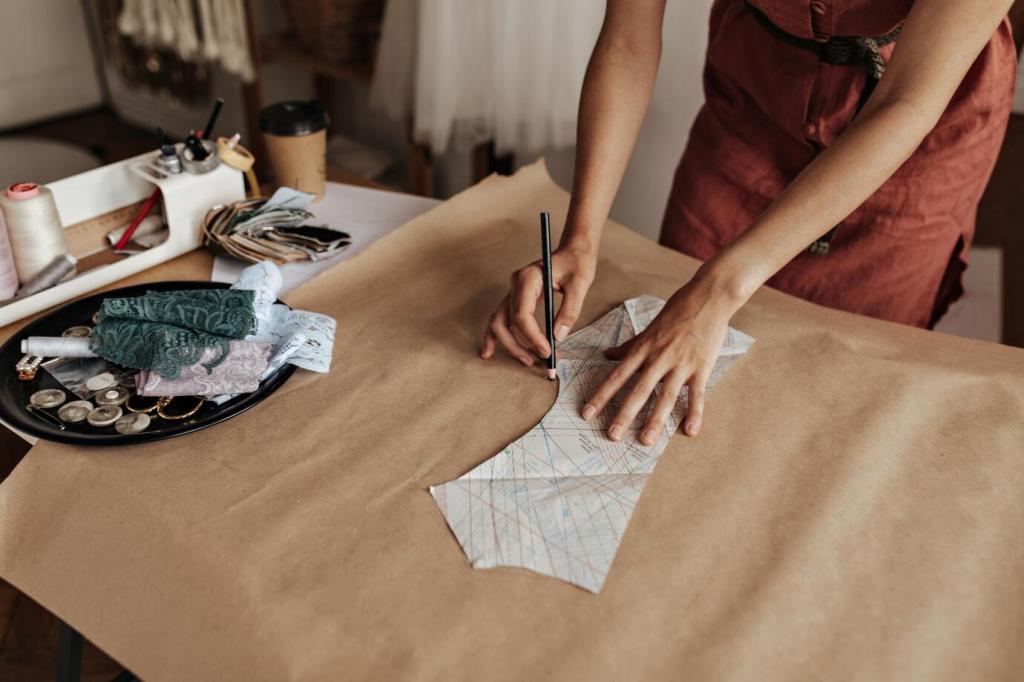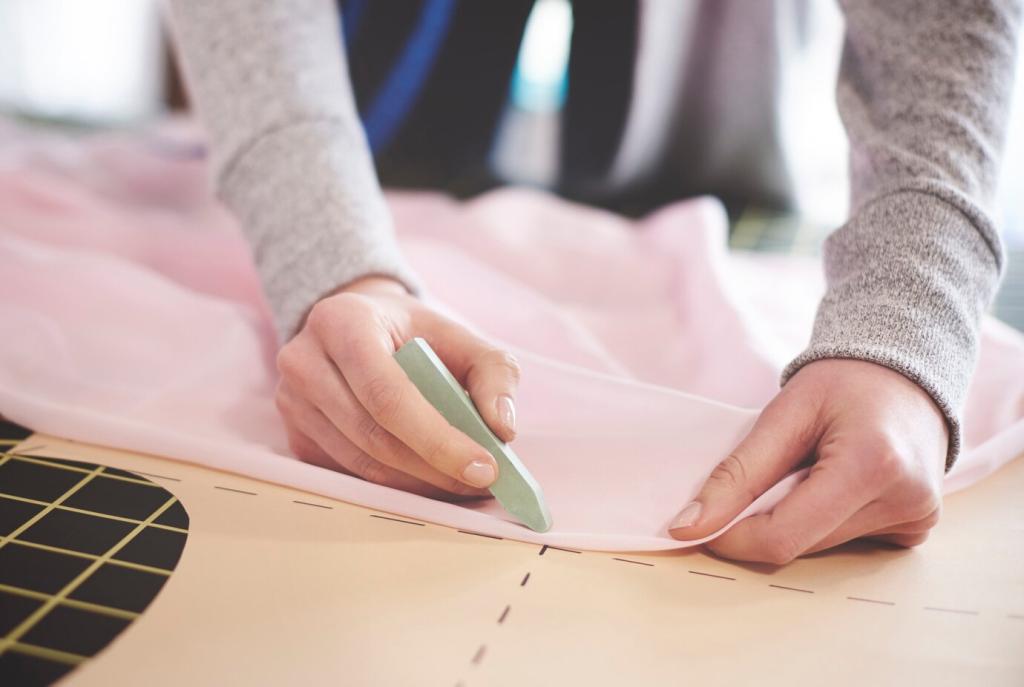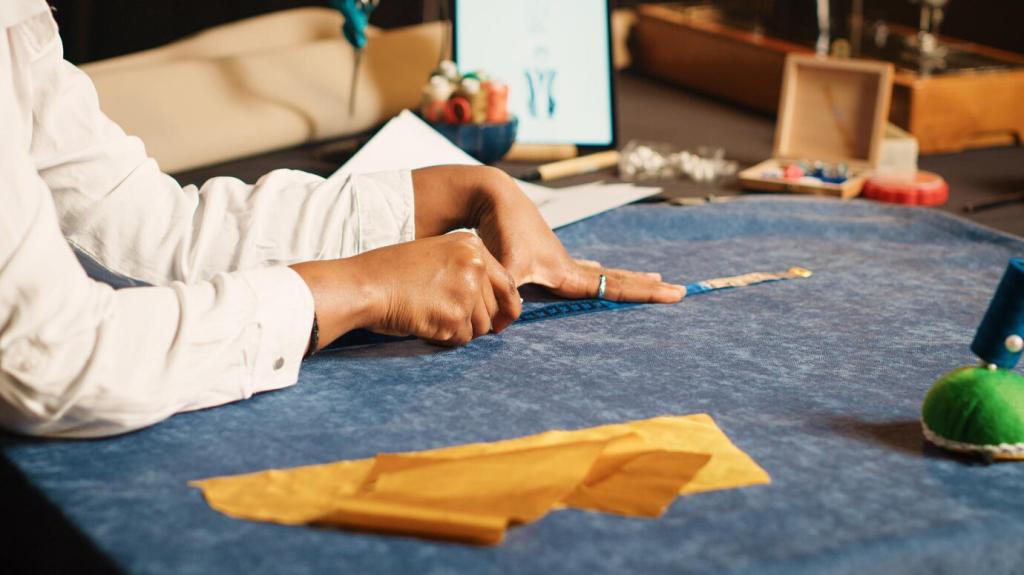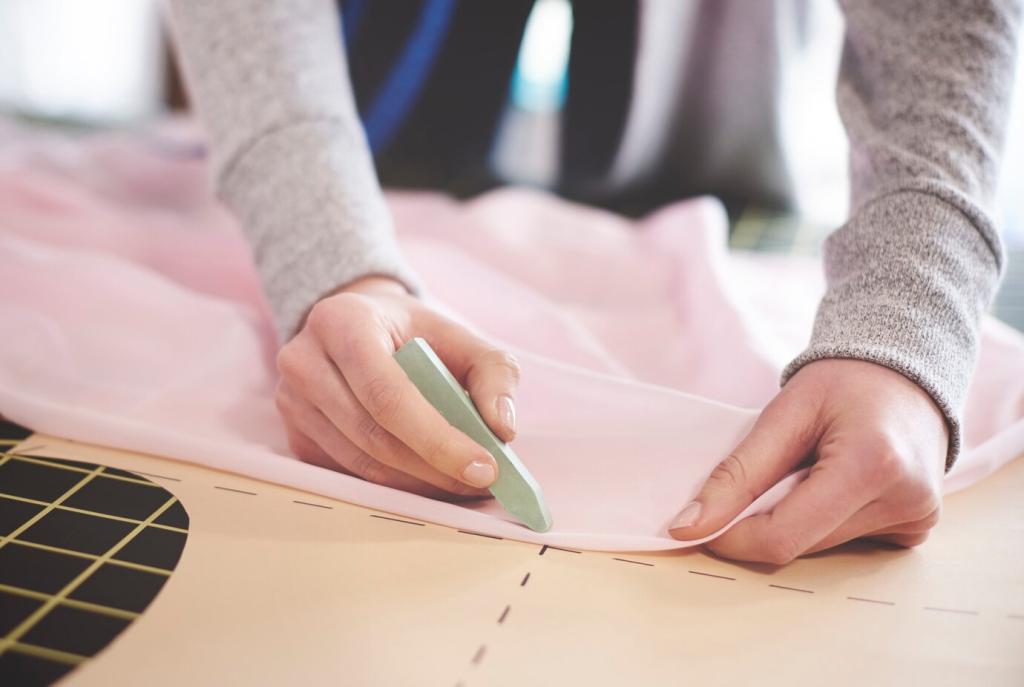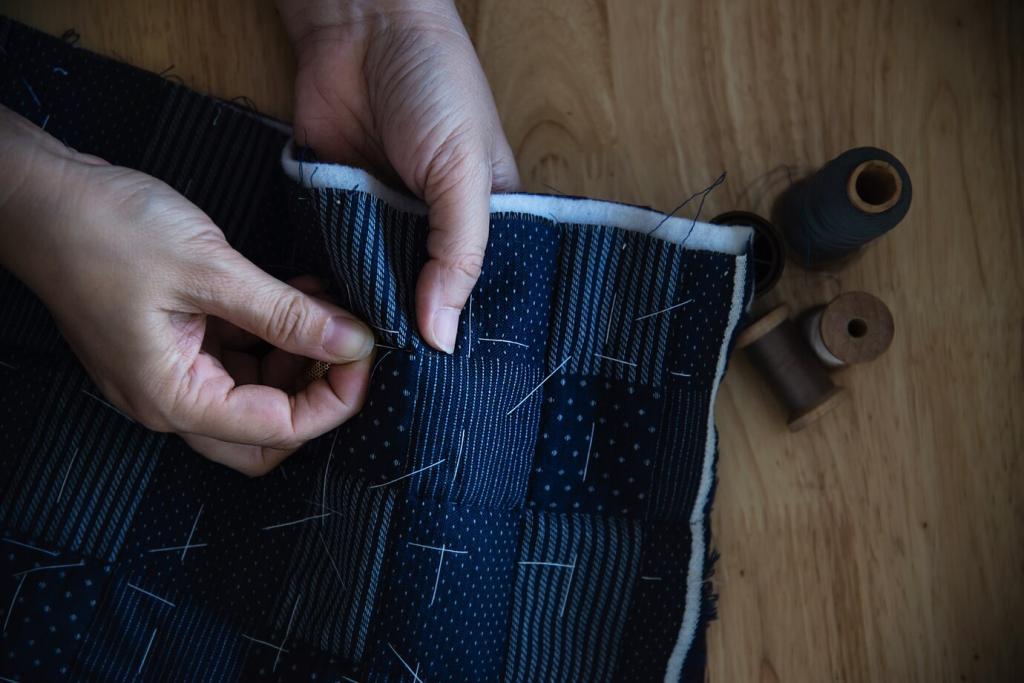Fabric Meets Label: Matching Materials to the Right Instructions
Cotton and linen often carry W or W/S, but tighter weaves may still water-spot. Wool blends frequently prefer S due to felting risks. Always check the exact tag, not just the fiber guess.
Fabric Meets Label: Matching Materials to the Right Instructions
Polyester and acrylic often handle W well, yet certain backings or flame-retardant finishes may shift the label to W/S. Microfiber can trap residues, so rinse-blot carefully and avoid heavy detergent buildup.

